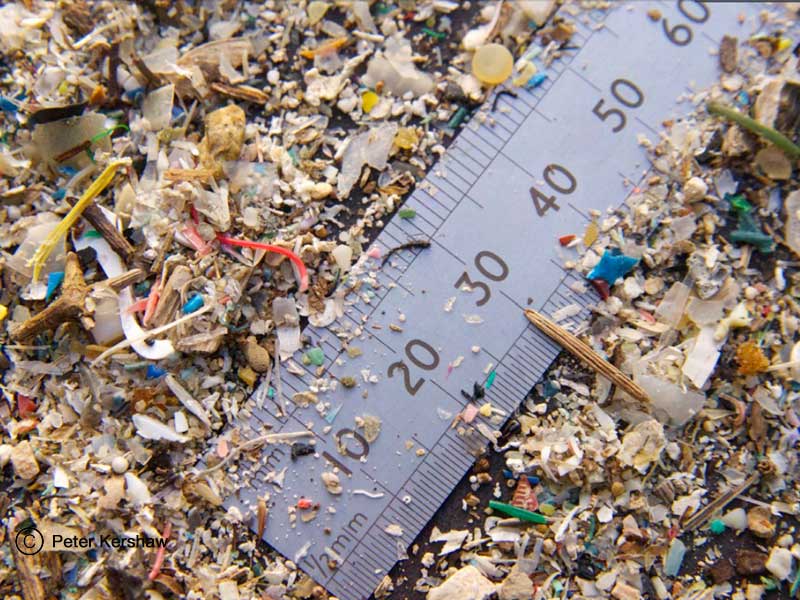Microplastics - tiny pieces of plastic or fibres increasingly found in the oceans - have been found in a variety of commercial fish and shellfish, including samples purchased from retail outlets, according to a new study. The report, the second part of a global assessment of the sources, fates and effects of microplastics in the marine environment, provides a new section devoted to the potential impacts of microplastics on commercial fish and shellfish species. Further research is needed in order to determine how and if microplastics pose a risk for food safety and potentially food security, the report says.
The comprehensive report on microplastics in the oceans expands on an earlier study published in 2015. Sources and fate and potential ecological impacts of microplastics are investigated in greater depth and recommendations for further work are included.
One previously unrecognized source of secondary microplastics highlighted is debris from vehicle tyres. The emission of rubber particle dust (mainly <80 micrometre) from tyre wear may be a major source of microparticle contamination in the sea. Part of the dust flies as particulate matter into the air, the rest lands directly on the road or adjoining land and from there a proportion will enter surface waters or drains. An unknown proportion will be carried to the sea. Report co-editor Peter Kershaw says this needs further investigation and advocates developing partnerships with the vehicle industry, wastewater treatment managers, materials scientists and ecotoxicologists to assess the extent of problem and potential reduction measures, if required.
The report has been published by the Joint Group of Experts on the Scientific Aspects of Marine Environmental Protection (GESAMP), a scientific body that advises the United Nations (UN) system on the scientific aspects of marine environmental protection. The International Maritime Organization (IMO), headquartered in London, United Kingdom, is the Secretariat for GESAMP. GESAMP reports are freely available to download.
Microplastics are small plastic particles, less than 5 mm in diameter, but some can be as small as 10 nanometres. Microplastics may be purposefully manufactured for particular industrial or domestic applications (such as facial cleansers), or result from the fragmentation of larger items, especially when exposed to sunlight. Microplastics have been found distributed throughout the world’s oceans, on shorelines, in surface waters and seabed sediments, from the Arctic to Antarctic. They may accumulate at remote locations such as mid-ocean gyres, as well as close to population centres, shipping routes and other major sources.
The potential problems of micro-plastics in the marine environment were brought to the attention of GESAMP in 2010 and the assessment report has been developed by a working group of experts who meet regularly.
